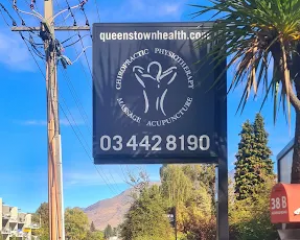
At this month’s safety and resilience committee meeting, Otago Regional Council operations general manager Dr Gavin Palmer addressed work required after a July storm damaged flood and drainage infrastructure at the confluence of the Puerua River and Koau branch of the Clutha River.
Estimated 4m to 5m waves and high flows from the Puerua River catchment, south of Balclutha, damaged a river "training line" that fixed the position of the Clutha River mouth and allowed sediment to flush out to the coast.
The "first issue" for the council was the storm damage to the infrastructure, Dr Palmer said.
There was also the issue of "shoreline retreat" and rising groundwater levels, he said.
"The problem we’ve got with the shoreline retreat is it’s starting to expose the structure to wave action. That’s been our concern for some time," he said.
"What we’re seeing now is rapid acceleration of those processes. The key point here is: we’re only doing what we need to do to stabilise it for the short term and nothing beyond that because of the ‘big picture’ things we need to sort.
"We’ve got some decisions to make as an organisation around - ‘What do we rebuild? What do we decommission? What might we relocate?’ - and that’s part of that broader programme."
Several councillors pursued a line of questioning with staff around the purpose of the "hard infrastructure" and its place in a modern context.
Cr Alexa Forbes was one of those councillors.
"If we were looking at putting those in today, would we do it?" she asked.
The answer she received from engineering manager Michelle Mifflin was "likely not".
"I think today, with this environmental lens and approach around giving rivers room to move, and what we’re wanting to achieve, possibly, it may not be that hardened engineering structure. It’s very different to where we were looking 40, 50 years ago."
Cr Forbes asked if the council understood the consequences of "dismantling" some of the hard infrastructure.
"That’s the work we need to gather a little bit more information to support, and inform, I guess this acceleration in the coastal erosion and the impact on schemes - that we know now - that were designed in the ‘50s and ‘60s," Ms Mifflin said.
Chief executive Richard Saunders said the council had committed to a level of service and the work outlined to councillors would ensure the structure did what it was supposed to do.
"There are some huge conversations to have if this council is looking at alternative levels of service and the impacts that that might have, but that is a future work programme.
"At the moment, given that level of service the onus is on the council to do this work and I think what we’ve heard today is that’s as far as we’re going with this work - to maintain what is there.
"We need to be clear that that’s the outcome that’s being sought and that there are no decisions being made about future levels of service or anything associated with that because that’s a much broader conversation we need to have.
"Once the level of service is established then there might be multiple options including hard infrastructure right back to ‘let the river do its thing’."
Councillors heard the work at the Clutha River mouth was expected to be 90% covered by Contact Energy as a consent contribution.
The present work and maintenance was forecast this year and was not a surprise to the company, Ms Mifflin said.












